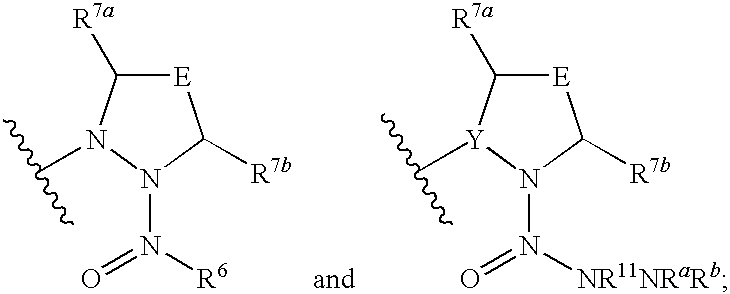Hepatitis c virus inhibitors
a technology of hepatitis c virus and inhibitors, applied in the field of new drugs, can solve the problems of hcv genotype, less effective therapy against infections, and unlikely development of a successful vaccine in the near future, and achieve the effect of treating or prophylaxis of viral infections
- Summary
- Abstract
- Description
- Claims
- Application Information
AI Technical Summary
Benefits of technology
Problems solved by technology
Method used
Image
Examples
examples
[0189]The compounds and processes of the present invention will be better understood in connection with the following examples, which are intended as an illustration only and not limiting of the scope of the invention. Various changes and modifications to the disclosed embodiments will be apparent to those skilled in the art and such changes and modifications including, without limitation, those relating to the chemical structures, substituents, derivatives, formulations and / or methods of the invention may be made without departing from the spirit of the invention and the scope of the appended claims.
[0190]Although the invention has been described with respect to various preferred embodiments, it is not intended to be limited thereto, but rather those skilled in the art will recognize that variations and modifications may be made therein which are within the spirit of the invention and the scope of the appended claims.
[0191]The compounds of examples 1-367 may be prepared using proce...
example pre-368
[0192]
[0193]Step Pre-368a. To a solution of 5-bromo-2-chloro-1H-1,3-benzimidazole (0.600 g, 2.592 mmol) in DMF (12 mL) cooled at 0° C. was added NaH (60% in mineral oil, 0.109 g, 2.722 mmol). The mixture was stirred at 0° C. for 10 minutes and then at rt for 1 hour before SEMCl (0.47 mL, 2.644 mmol) was added dropwisely. The resulting milky solution was stirred at rt for 1.5 hours before being quenched with H2O. The mixture was diluted with EtOAc and saturated NaHCO3 solution. The organic layer was washed with brine, dried (Na2SO4), filtered and concentrated. The residue was dried under vacuum to give the desired compounds as a milky liquid (0.930 g, 100%). ESIMS m / z=360.83, 362.82 [M+H]+.
[0194]Step Pre-368b. A mixture of the compounds from step Pre-368a (0.115 g, 0.319 mmol), pyrazolidine hydrochloride (0.185 g, 1.276 mmol) and DIPEA (0.89 mL, 5.086 mmol) in DMF (2.1 mL) was heated at 128° C. with a microwave for 55 minutes. The mixture was allowed to cool down and freed of volatil...
example 368
[0204]
A solution of the compound from example Pre-368 (41.2 mg, 46.1 μmmol) in 1,4-dioxane (1 mL) was treated with HCl in 1,4-dioxane (4 M, 4 mL) at 50° C. for 16 hours. The volatiles were evaporated off. The crude product was purified by flash column chromatography (silica, hexanes-ethyl acetate with 20% MeOH and 1% Et3N in ethyl acetate) to give the title compound as a white solid (25.0 mg, 71%). ESIMS m / z=764.12 [M+H]+.
PUM
| Property | Measurement | Unit |
|---|---|---|
| body weight | aaaaa | aaaaa |
| body weight | aaaaa | aaaaa |
| width | aaaaa | aaaaa |
Abstract
Description
Claims
Application Information
 Login to View More
Login to View More - R&D
- Intellectual Property
- Life Sciences
- Materials
- Tech Scout
- Unparalleled Data Quality
- Higher Quality Content
- 60% Fewer Hallucinations
Browse by: Latest US Patents, China's latest patents, Technical Efficacy Thesaurus, Application Domain, Technology Topic, Popular Technical Reports.
© 2025 PatSnap. All rights reserved.Legal|Privacy policy|Modern Slavery Act Transparency Statement|Sitemap|About US| Contact US: help@patsnap.com



